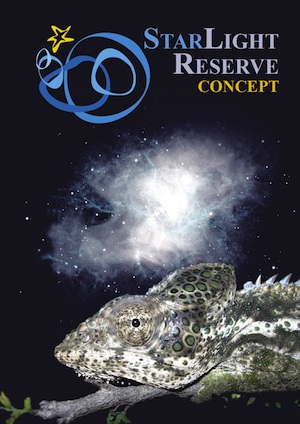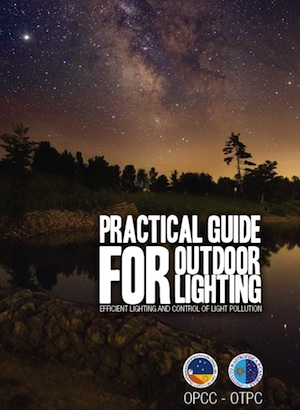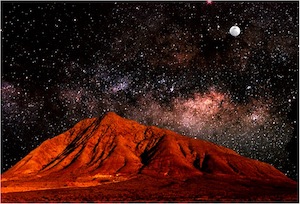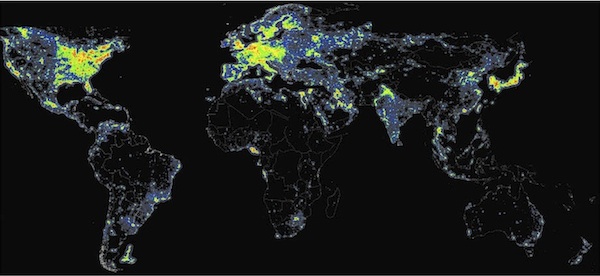Save Energy and recover the Stars
The Starlight Initiative is designed as an international action in defence of the quality of the night sky and its associated values. One of the main actions within the Initiative is the development of a network of Starlight Reserves as sites that promote intelligent outdoor lighting with the double function of saving energy and reducing light pollution.
Light pollution is a growing problem over a large part of the planet, including the UNESCO sites. The waste of outdoor lighting increases energy consumption and is economically unjustified. It also increases the level of emissions that contribute to climate change.
The Starlight Initiative, in partnership with UNESCO-MaB, has promoted certification systems for territories committed in the fight against energy wastage and the conservation of the starry sky as a resource, including its associated cultural, scientific, and environmental values. Several UNESCO sites, such as the Biosphere Reserves of Fray Jorge (Chile), La Palma, and La Rioja (Spain), and World Heritage Sites such as Amalfi Coast (Italy) and Doñana (Spain), have become the role models in this initiative.
There is another way to light up the night
The combination of increased awareness of the need to minimize the impacts of light pollution, growing need to promote energy efficiencies in rural and urban development planning for mitigating climate change consequences and a better appreciation by citizens of the asso¬ciated benefits, are the main premises for the development of this action. Reducing light po¬llution and adopting intelligent lighting systems are not only acts of responsibility, but also an obliged smart choice that brings economic be¬nefits, improve health, saves energy, and allows recovering the starry sky dimension as a threa¬tened landscape.
Article 7 of the Starlight Declaration, adopted in 2007 with the support of UNESCO in the Biosphere Reserve of La Palma, states that “The intelligent use of artificial lighting that minimises sky glow and avoids obtrusive visual impact on both humans and wildlife has to be promoted. Public administrations, the lighting industry, and decision makers should also ensure that all users of artificial light do so responsibly as part of an integral part of planning and energy sustainability policies, which should be supported by light pollution measuring, both from the ground and from space. This strategy would involve a more efficient use of energy so as to meet the wider commitments made on climate change, and for the protection of the environment.”
In its Practical Guide to Outdoor Lighting (OTPC-OPPC), the Starlight Initiative demonstrates that switching to intelligent lighting systems is possible and is at reach, as already demonstrated in the mentioned UNESCO sites.

© Giuseppe Orlando. Cover of the Starlight Reserve Concept,
developed in cooperation with the World Heritage Center.
The first step toward efficiency is to limit the unnecessary light. It is nonsense to install high efficiency lights that are unnecessary. They will have an infinite cost/utility ratio. We keep our cities, villages, infrastructures lighted all night long with illuminances that are higher and higher.
The following steps to take are undoubtedly achievable:
- prevent the emission of light towards the sky or the horizon;
- do not waste downward light flux outside the area to be lit;
- avoid over lighting;
- shut off lights when the area is not in use;
- aim for zero growth of the total installed flux, then a decrease (like it is happening to all other pollutants);
- ensure all artificial lighting installations are designed to the lighting needs and minimise obtrusive light and energy use.
- strongly limit the short wavelength ‘blue’ light because of the serious implications for human health and the preservation of many species.
The loss of quality of nocturnal skies has become a serious threat for many species, disturbing their habits and habitats, as well as the basic functions of ecosystems. Darkness and natural night light are indispensable for the healthy functioning of organisms and ecosystems. We usually forget that life lives 24 hours a day and that ecosystems adapted themselves to the natural rhythms of the moon and stars during millions of years of evolution. Taking into account these considerations, the Starlight Initiative promotes a new dimension in preserving the integrity of the UNESCO sites.
Lessons learned and replicability
Energy audits carried out in the Starlight sites indicate reductions in energy consumption of up to 40% from the original situation before the introduction of corrective measures.
In several UNESCO sites, the recovery of sky quality has opened new possibilities to local economies through the creation of Starlight Tourism Destinations. Starlight Destinations are visitable places characterised by excellent quality for the contemplation of starry skies and the practice of tourist activities based on this resource
Furthermore, the experience of the Starlight Initiative points to the need to support and promote research works related to the effect of artificial lighting on human health and biodiversity conservation (wildlife and ecosystems).


















